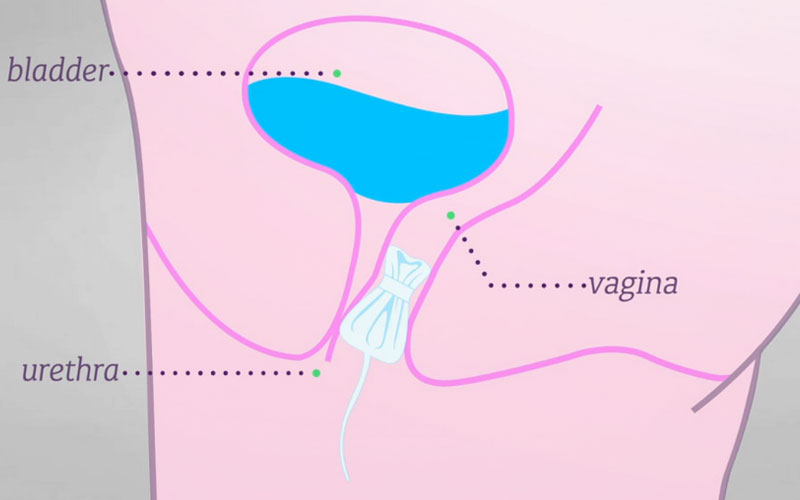There are lots of disposable leak-absorbing products on the market today, and now manufacturer Kimberly-Clark’s Poise brand aims to help women prevent leakage instead of just absorbing leaks. Their new product Poise Impressa is similar to a tampon; it’s inserted into the vagina via a plastic applicator just like a tampon. Once in position, the Impressa works on the same principal as a pessary device for SUI – it pushes against or compresses the urethra making it more difficult for leaks to slip out.
For women who might already rely on inserting a tampon or silicon menstrual cup to create the resistance your weakened pelvic muscles can’t provide, this is another similar solution that is being specifically marketed for stress urinary incontinence. Rather than the absorbent fibers of a tampon, the devices are made of soft, flexible silicone enclosed in a non-absorbent covering. They can be worn for up to 8 hours and are disposed of in the garbage once used. Sizing for the Impressa is trial and error – start with size 1, and if it doesn’t work (ie. prevent leaks), move to size 2. All 3 sizes come within a single kit.
Impressa offers a temporary off-the-shelf solution that can be used for leak prevention when you know your pelvic floor will be under stress (such as during exercise). The off-the-shelf nature of the product makes it convenient to buy and use. The drawback is that sizing is trial and error, and the plastic applicator and disposable product means more garbage for the landfill.
For a longer term solution, talk to a urinary gynecologist or urologist to be fitted for a pessary, which works on the same principal as the Impressa (insert into vagina for pressure on the urethra) but is custom fit and can be re-used whenever you know you’re at risk for leaking.
If you’re looking for a temporary solution to stop leaking for a planned-ahead moment of stress, Impressa or a reusable pessary could work for you. But remember that these devices only work when inserted, so they won’t protect from those times when you’re caught off guard by stress urinary incontinence.

